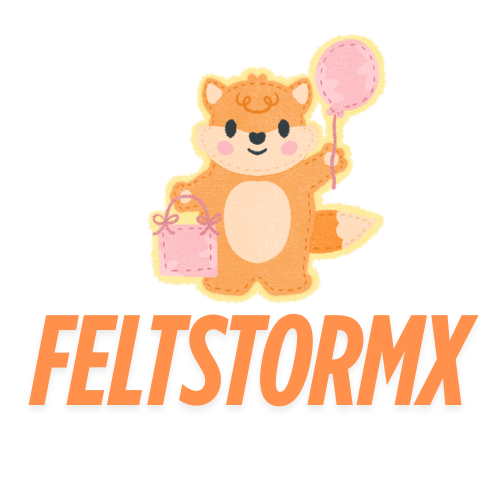Introduction
In an era where sustainability is paramount, handmade felted animals stand out as eco-friendly art pieces. Crafted from natural materials and produced through low-impact processes, these creations align with environmentally conscious values.
Natural Materials
Wool, the primary material in needle felting, is renewable, biodegradable, and often sourced from ethically raised sheep. Some artists also use plant-based dyes, further reducing environmental impact.
Low-Impact Production
Unlike mass-produced toys, handmade felted animals require minimal energy to produce. The process involves manual techniques without the need for heavy machinery, resulting in a smaller carbon footprint.
Supporting Local Artisans
Purchasing handmade felted animals supports local economies and small businesses. Artists often sell their creations through platforms like Etsy or at local markets, fostering community engagement and reducing the environmental costs associated with large-scale distribution.
Educational Value
These eco-friendly toys serve as educational tools, teaching children about sustainability, animal species, and the value of handcrafted items. They offer an alternative to plastic toys, promoting environmental awareness from a young age.
Conclusion
Handmade felted animals embody the principles of sustainable crafting. By choosing these eco-conscious creations, consumers contribute to environmental preservation while supporting artisan communities.
